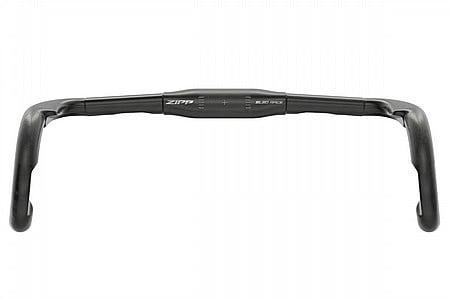Why Winterizing Matters for Carbon Handlebars
Carbon handlebars are prized for their lightness and strength,making them a popular choice among cyclists. Though, the winter cold can jeopardize their integrity. Winterizing your carbon handlebars helps prevent potential damage, including:
- Cracking due to temperature fluctuations
- Delamination from excessive moisture
- Increased wear from icy conditions
Understanding the Risks of Cold Weather
Cold weather poses several risks to carbon handlebars, which can lead to a decrease in performance and safety. Here are key factors to be mindful of:
| Risk Factor | description |
|---|---|
| Temperature Drops | Carbon fibers are sensitive to extreme temperature changes, which can lead to structural damage. |
| Moisture | Water can infiltrate cracks and joints, leading to corrosion and weakening of materials. |
| Road Debris | Wet and icy conditions can lead to increased exposure to damaging debris. |
Benefits of Winterizing Your Carbon Handlebars
Understanding the advantages of taking care of your carbon handlebars during winter is essential:
- Increased Longevity: Proper maintenance extends the lifespan of your handlebars.
- Improved Safety: A well-maintained bicycle ensures better handling and stability in winter conditions.
- Enhanced Performance: Maintained handlebars lead to more responsive handling.
Practical Tips for Winterizing Your Carbon Handlebars
To effectively winterize your handlebars,consider the following practical tips:
1. Clean and Inspect Your Handlebars
Before winter hits, clean your carbon handlebars thoroughly:
- Use a mild soap and water solution.
- Inspect for cracks or signs of wear.
- Ensure all fasteners are tightened to the manufacturer’s specifications.
2. apply a Protective Coating
Applying a protective coating can definitely help shield your handlebars from moisture and grime:
- Consider using a dedicated carbon bike polish or a waterproof spray.
- Be sure to follow the product instructions for the best results.
3. Store Properly
When not in use, store your bike in a dry, climate-controlled location:
- Avoid leaving it outdoors where temperature and moisture fluctuations occur.
- If possible, remove the handlebars from the bike for extra protection.
4. Protect From Road Conditions
Using specific products can mitigate the risks posed by harsh road conditions:
- Use fenders to protect your handlebars from road spray.
- Invest in handlebar grips that provide better insulation and grip in cold conditions.
First-Hand Experiences: What Riders Say
Real experiences from fellow cyclists offer great insights into winterizing carbon handlebars. Here are a few notable mentions:
- mark S.: “After using a protective coating last winter, I noticed my handlebars were much easier to clean and had less grime buildup.”
- Linda R.: “Storing my bike indoors helped immensely. The temperature changes outside used to affect my handlebars significantly.”
Case Study: The Winterization Success of a Competitive Cyclist
Consider the case of Emily, a competitive cyclist who faced severe winters while training.Observing the changes she made:
- Before Winterizing: Cracks and peeling occurred on her carbon handlebar after encountering snow and salt.
- After Winterizing: With regular cleaning, protective coatings, and proper storage, Emily reported no damage the following season.
Tools and Products Recommended for Winterization
Here are some recommended tools and products to help in the winterization process:
| Product | purpose |
|---|---|
| Carbon Bike Polish | Protective coating for handlebars. |
| Mild Soap | Effective cleaning agent. |
| Bike Storage Rack | Proper storage to minimize exposure to elements. |
| Fenders | Protect handlebars from road debris. |
Expert Tips for Long-Term Care
For ongoing maintenance beyond winter, consider the following expert tips:
- Regularly check for signs of wear and tear.
- Consider professional inspections at least once a year.
- Stay informed about weather conditions and adjust your riding habits accordingly.
Conclusion
Winterizing your carbon handlebars is essential for maintaining their integrity and improving your cycling experience. By following these guidelines, you can ensure a safe riding season no matter how harsh the winter weather may be.

